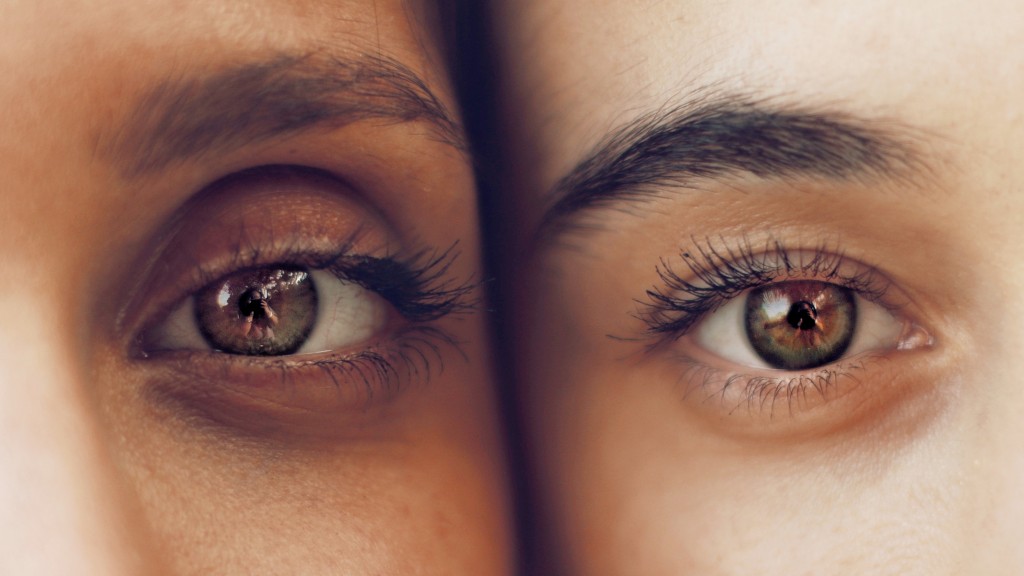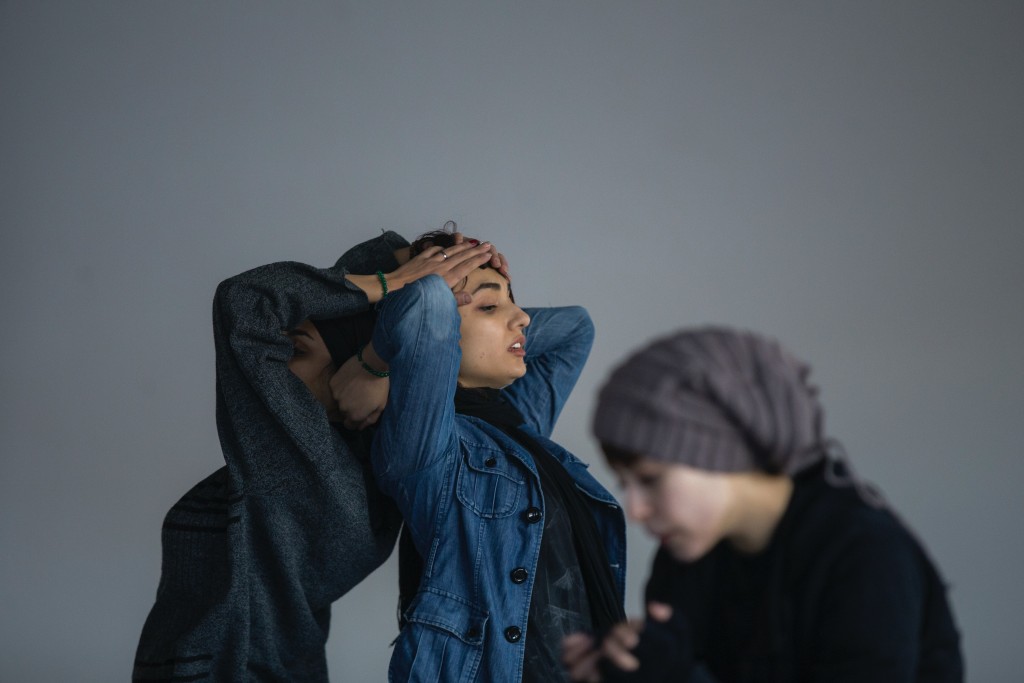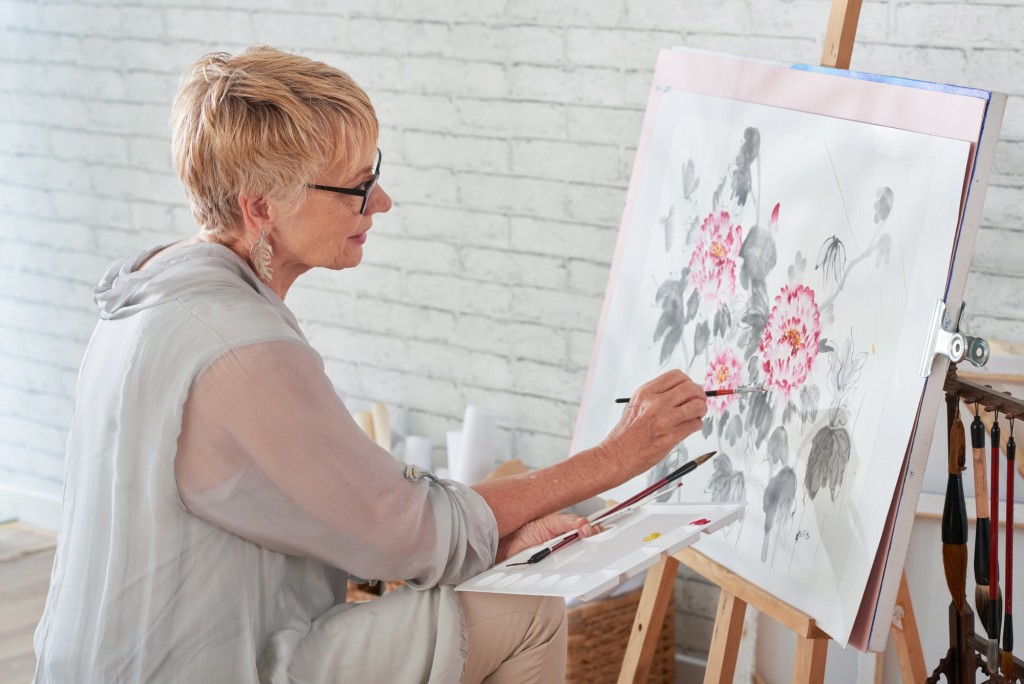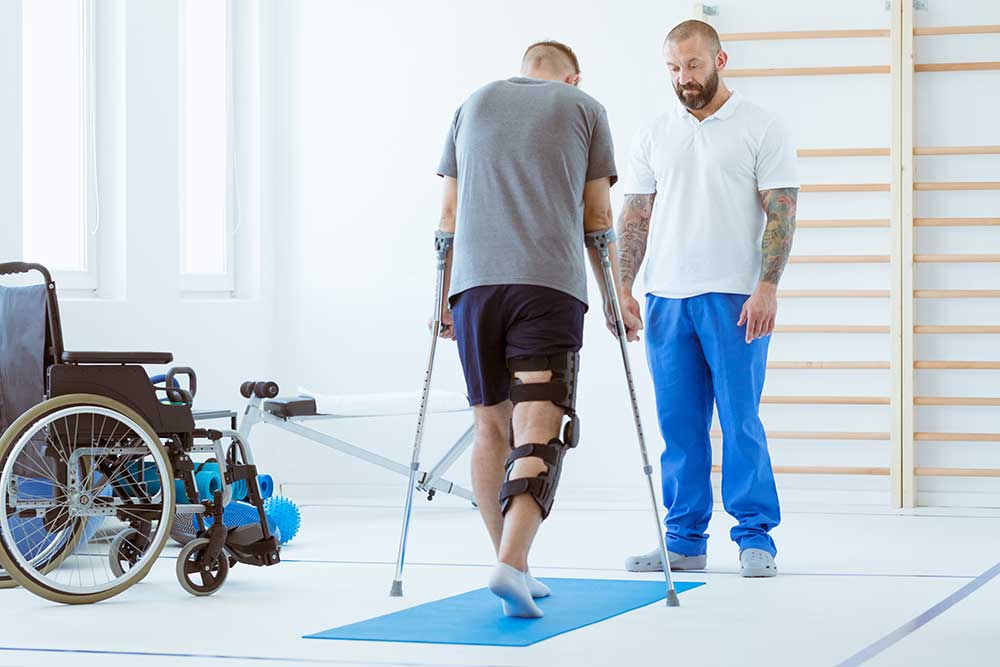After suffering a stroke or brain injury, patients often experience communication problems, emotional disturbance and loss of motor function.
The National Stroke Strategy (DOH 2007) provided that individuals who had suffered a stroke should have access to specialist emotional and practical support. Creative art therapy is cited in the strategy as one of the services which should be offered.
When compared with physical therapies alone, research conducted by Kongkasuwan et al identified how creative art therapy may help significantly decrease depression, improve physical function and increase quality of life for those who have suffered a brain injury. But what is it and how does it work?
What is creative art therapy?
After suffering a stroke, the life skills an individual has developed to cope with everyday life can no longer be relied upon in the same way they could before. Not only is an individual’s physical function affected but the way they manage their emotions also changes. This is where creative art therapy comes in. This is an umbrella term used to reference psychological therapies which often include; meditation, art, dance, drama and storytelling.
The main focus of creative art therapy is to allow patients to communicate their feelings via body language, speech, pictures, language and symbols.
It is thought that the creative process of art, be it visual art, drama or dance, contributes to healing and provides individuals who have suffered a stroke/brain injury with the necessary skills to confront their losses and explore new approaches to living. This in turn enhances their quality of life.
Creative art therapy not only enhances an individual’s psychological state, it can also help improve their physical capabilities through the handling of different materials which provides the opportunity to relearn motor skills which may have been lost following their brain injury.
How does art therapy work?
Art therapy is said to stimulate the brain allowing past memories to resurface, cognitive ability to develop and new memories to form.
Artwork, whether it is visual art such as painting or drawing, or more physical art such as drama or dance, all of it can be used as a form of symbolic speech for individuals whose verbal communication skills have been lost. This activity provides individuals with the opportunity to communicate their thoughts and feelings through their own individual artistic creations, in whatever medium works best for their needs.
Visual art therapy

Let’s take visual art therapy, which is the creation of a piece of work using different materials such as paint, chalk or clay. During visual art classes patients work with a therapist to produce a piece of art work such as a painting or item of pottery.
Visual art is said to help individuals concentrate their thoughts and energy into a piece of art work which when produced expresses how they are feeling. Once the individual has created a piece of work, the work itself may then provide a basis to explore the underlying feelings which they are finding difficult to express. In some instances this provides a platform for therapists to identify a patient’s physical and psychological needs and provide them with tailored coping mechanisms.
In addition to the psychological benefits that art therapy has it can also help patients with their fine motor skills through the handling of art materials.
Not only is creative art therapy thought to be a therapy which enhances an individual’s ability to communicate there is some evidence to show that injury to the prefrontal area of the brain can enhance an individual’s artistic ability. The prefrontal area of the brain is responsible for behaviors including organisation skills and decision making. This area of the brain also contributes to an individual’s personality development. Research carried out by Dr. Annoni at the University of Lausanne in Switzerland, for example, showed that the lack of strict formal rules associated with artistic creativity allows the brain to develop new abilities after injury.
Drama Therapy

Drama therapy is another form of creative art therapy. In Drama therapy individuals adopt drama and theatre techniques such as role play, mime and movement to express their thoughts and feelings.
It is said that Drama therapy can be useful for stroke patients who wish to deal with their own experiences through a different medium. Drama therapy has been shown to be a helpful way for individuals who have suffered brain injury to communicate, as it allows them to express themselves and explore their experiences from a safe distance using stories and images. This means that they do not have to go over the intricacies of their own suffering and explore and understand relationships with a brain injury.
Dance and Movement Therapy (DMT)

Dance and Movement Therapy, commonly called DMT is also a form of creative art therapy. DMT uses movement (most commonly dance) to help individuals deal with emotional, cognitive and physical challenges after a brain injury.
According to a review conducted by McKay et al at the University of Queensland’s School of Health and Rehabilitation Sciences, aerobic exercise contributes to a specific protein; brain-derived neurotropic function (BDNF) which is involved in brain re-organization and re-learning. The review found that aerobic exercise may positively contribute to BDNF allowing brain cells to grow leading to improved functional ability and motor performance in individuals following a brain injury.
In conclusion, the research conducted suggests creative arts therapy can aid recovery and improve quality of life after a stroke or brain injury, when used alongside more traditional physical therapies.
Shared from Roydswithyking website





Customer Reviews
Thanks for submitting your comment!